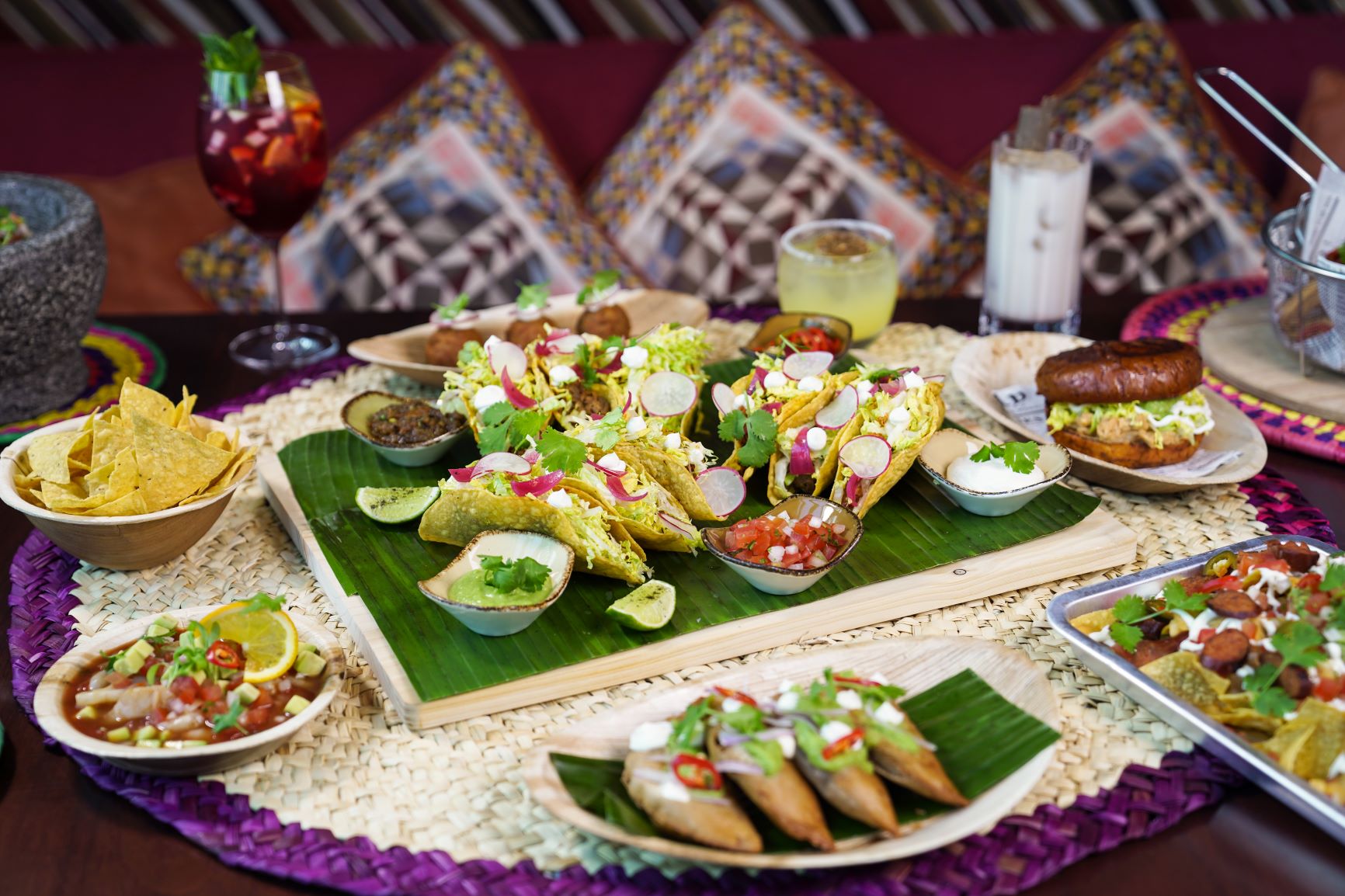Years ago, during a three-week trip to Turkey (and after recovering from a bout with “sultan’s revenge”), I went with some newfound Turkish and German friends to an outdoor café following an evening in the pub. (This was in a Mediterranean resort town that was far less conservative than the places I visited in the interior.) The late-night snack of choice wasn’t pizza or hot dogs or chili-cheese-fries; it was soup. The tomato-y red lentil stew we ordered hit the spot. The Turks told me that soups like the one we were eating were also common breakfast fare in Turkey.
For some reason, Americans usually banish soup to the post-noon meals. But that appears to be another of our national quirks, like shunning the metric system, in which we are out of step with the rest of the world. Not just in Turkey but elsewhere in the Middle East, Asia and Latin America, soup is considered up to the task of being part of the most important meal of the day.
I never learned the name of the dish I ate that night in Turkey, but I recently did some research and found recipes for one that sounds right—a mixture of red lentils, bulgur wheat and tomatoes, sprinkled with dried mint. It’s called Ezogelin çorbası, and the story behind it could make you cry in your soup.
Ezo the gelin (bride) was a real person who lived in the early 20th century. According to an article on the Web site for Harvard University’s Center for Middle Eastern Studies, “Legend has it that Ezo, with her rosy cheeks and black hair, was admired by travelers along the caravan route who stopped to rest in her village. Many men longed for her hand in marriage and Ezo’s family hoped to secure a worthy match for their daughter.” But she was unlucky in love—her first marriage ended in divorce; her second took her to Syria and a hard-to-please mother-in-law. “It is for her, the story goes, that Ezo created this soup. After bearing 9 children, poor Ezo died of tuberculosis in the 1950s and has since become a Turkish legend, depicted in popular films and lamented in folksongs.”
Not all breakfast soups have such a depressing backstory, but many share one bit of folklore in common: they are considered hangover cures. Here’s what people around the world are slurping while in their pajamas:
Mexico: Our neighbors to the south swear by menudo, a spicy tripe and hominy stew that, like the boy band of the same name, many Americans have heard of but haven’t acquired a taste for. In the words of Gustavo Arellano, who writes a California alt-weekly column called Ask a Mexican! (and a book of the same name), “Menudo is amor. It’s the soup Mexican women slave over for their hungry families on weekend mornings, the dish over which families unite and teens fall in love as they pitch woo while passing along a wicker of tortillas. Menudo nowadays exists in canned form, but that’s heresy.”
Colombia: Just saying the word changua makes me feel good, so I can only imagine the restorative effects of the actual soup. Changua is a popular breakfast in the South American country, including in the capital, Bogotá. It consists of eggs poached in a milky broth with onions, salt and cilantro.
Japan: Miso soup—the yeasty-tasting broth made from fermented soybean paste and often served with tofu, seaweed and scallions—is well known to Americans who frequent sushi restaurants. But it’s also an important part of a nutritious Japanese breakfast.
Vietnam: Nothing says, “Good morning, Vietnam!” like pho, a noodle soup with a thousand variations. Beef pho is the basic version, but chicken, pork and seafood are also popular.
China: Congee, called jook in Cantonese, is somewhere between a rice soup and a porridge, depending on its consistency. In any case, it is a staple breakfast food in China. Although the basic recipe is pretty much the same everywhere—just rice cooked in a lot of water—the options for customization are endless, including meat, fish, vegetables, herbs and eggs, alone or in combination.
When you think about it, congee is not all that different from the cream of wheat or grits that many Americans eat. Just mix in a little extra water and a few add-ins, and voilà!—you’d have an American breakfast soup.
Do you ever eat soup for breakfast?
By Lisa Bramen
Source: www.smithsonianmag.com






Leave A Comment
You must be logged in to post a comment.